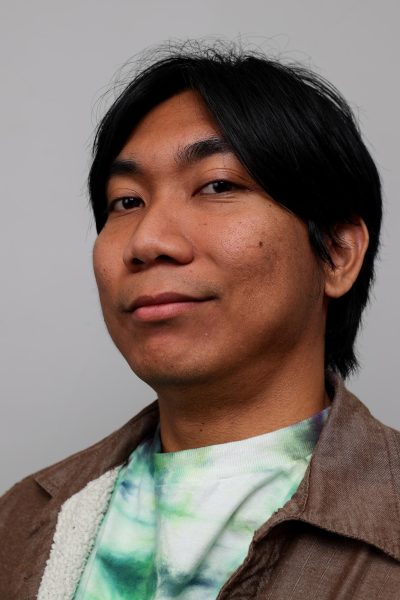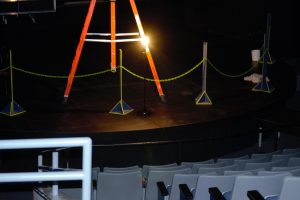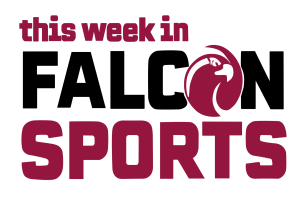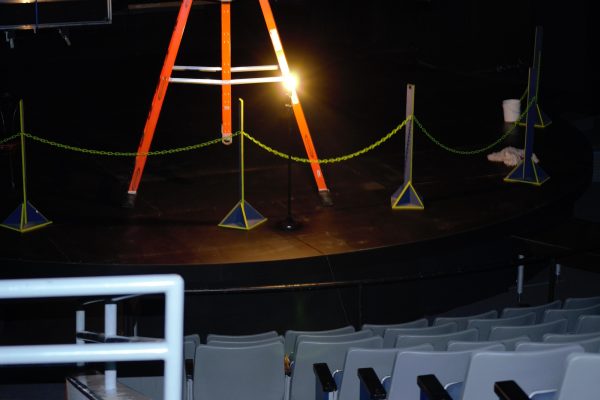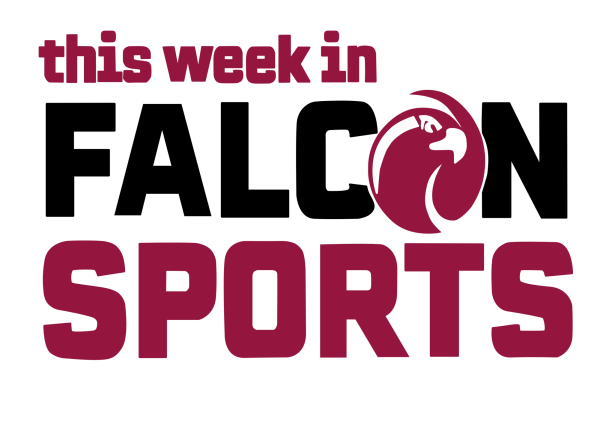Shining green of Guam
Guam athletes adapting to new sports environment
February 24, 2022
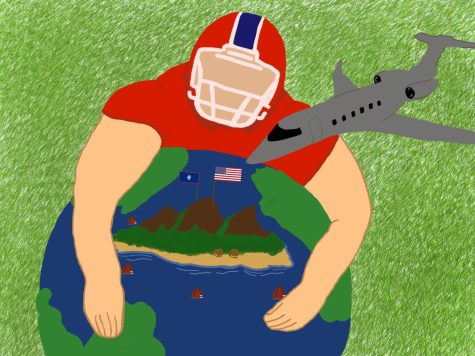
*The following athletes are not students at Seattle Pacific University. I attended high school with all of them, and I played alongside them in rugby and football. I share their love for our island home, and we all hope to represent Guam as best we can.
Earth is often referred to as a “little blue marble.” Across endless oceans, the only reprieve from the rough, angry waters is the little patches of green we call land.
We all know the resources of the usual tropical island: fruits, spices, shipping ports and military bases; however, from these little patches of green arise great athletes.
Hardly anybody knows about Guam, and as someone who was born and raised there, that’s shocking. Our island is rich in culture and history, and we have some awesome aspiring athletes.
It goes without saying there’s a need for adaptation when these athletes arrive on the mainland. It’s quite literally a whole different world, a different culture, a different dynamic of sports.
How might these athletes deal with those changes, and how are they choosing to best represent their home?
Ivon Sablan, a freshman business administration major at Cypress College, has been playing golf since he was eight years old and competing professionally since he was 10.
Adapting to golf in California for Sablan was mainly demographic. Sablan noticed immediately how much more serious golfers were on the mainland.
“There’s just so much talent out here. A lot of these kids are bred for the sport or have Division I scholarships,” Sablan said.
Playing for a college team overall required an adjustment to Sablan’s style of play. Sablan was used to competing in golf as an individual rather than a real member of a team. Even playing varsity golf for the Father Duenas Memorial High School Friars, Sablan and his teammates were scored as individuals in competition. Playing for Cypress, Sablan is scored alongside his teammates.
Golf is more for recreation than for competition in Guam. There is no shortage of players, but very few of them have the goal of or end up playing professionally. With the lack of representation, the question arises of how Sablan may be able to best represent the island that bred him.
“I’m traveling all over to Dublin, Scotland, and [everywhere]. Coming out and representing Guam is inspiring. They consider me to be crap because of where I’m from, but that’s why it’s so meaningful to be able to kick butt,” Sablan said
Additional athletes hailing from Guam are Adrian Lujan, a health sciences major, and Bryce Reyes, an air management major. Both are currently freshmen at Arizona State University and members of their rugby team, playing as center and hooker. The pair have played rugby together since their freshman year of high school under the Father Duenas Friars.
Their teammates at ASU often refer to them as the “Guam Boys,” referring not only to their roots but their “islander style.”
“The way they play out here is kind of bland, like the same thing over and over. I feel like islanders are more tricky and outside-the-box,” Lujan said.
Speaking further on differences of approach, Lujan revealed a comparison similar to Sablan’s view of the golfing environment.
“Everyone knows how to play, and they’re all serious about it. Back in Guam, only a certain few had that attitude. These guys are bigger, faster, know the game better, so we get better playing them,” Lujan said.
Lujan believes he and Reyes best represent Guam by simply exhibiting their abilities on the field and showcasing the kind of talent and skill Guam can produce.
“Bryce represents laying hits and physicality, and I bring more of a speed-and-shifty way of playing,” Lujan said.
Eugene Arriola, a freshman kinesiology major at Moorpark College, another athlete who’s made the transition to college on the mainland, has been grinding on the football field since he was five years old. Beginning in the kids’ league with the Guam Eagles and then under the Father Duenas Friars in high school, Arriola currently plays linebacker for the Moorpark Raiders.
The greatest difference Arriola encounters playing in Los Angeles is the coaching staff and decisions, claiming it’s “much more organized” than how football is conducted in Guam’s outside leagues.
“Instead of working together throughout practice, we split up to different positions. There is a coach for every position. They play more technical. It’s like, ‘If everyone does their job: success,” Arriola said.
Arriola clarified that his experience playing with Father Duenas was similar since the team did have multiple coaches between offense and defense. He feels like that experience helped prepare him for the environment here on the mainland; however, he maintains that Guam as a whole is “unorganized.”
Football is stressed as a team sport in Guam. Most preparation and training are aimed at the team functioning as a unit rather than honing the skills of each individual.
People on the mainland expect those of us from Guam to be less capable. They think we expect too much of ourselves and are too optimistic. The very fact these three islanders and many more are present and succeeding in their representative sports show Guam may not be on the same level as the mainland, but it is clearly catching up.
Sablan, Lujan, and Arriola all agree the best way they can represent Guam is by playing alongside their teammates and showing everyone why Guam is an island powerhouse.
“A lot of people sleep on Guam, but we hold our own,” Lujan said.














































































